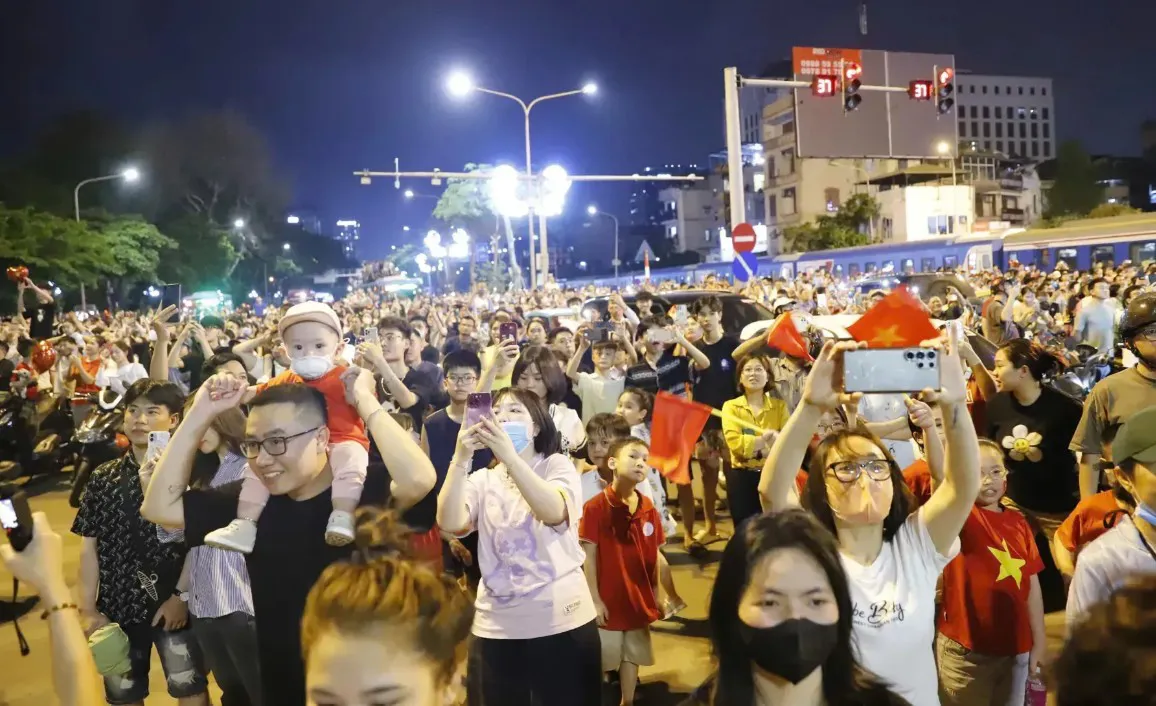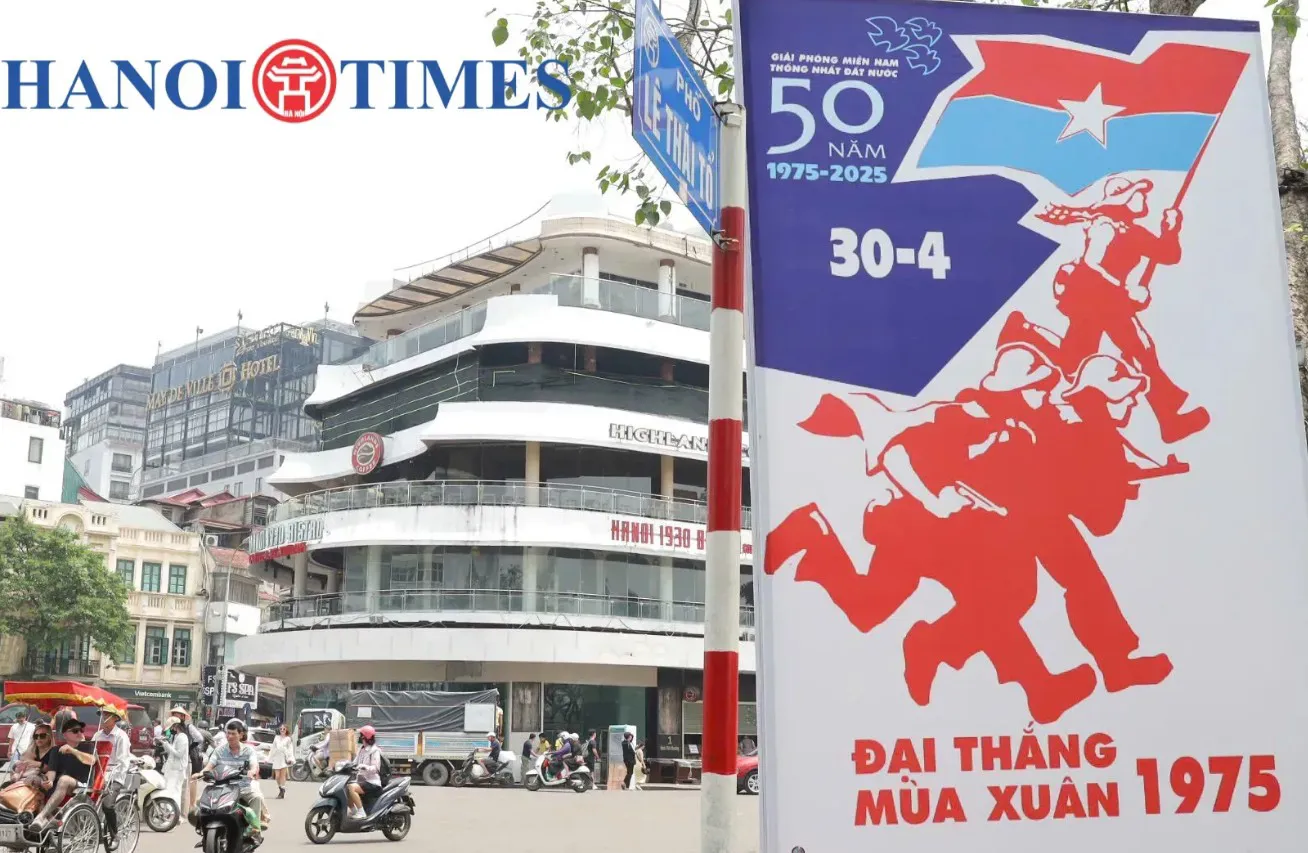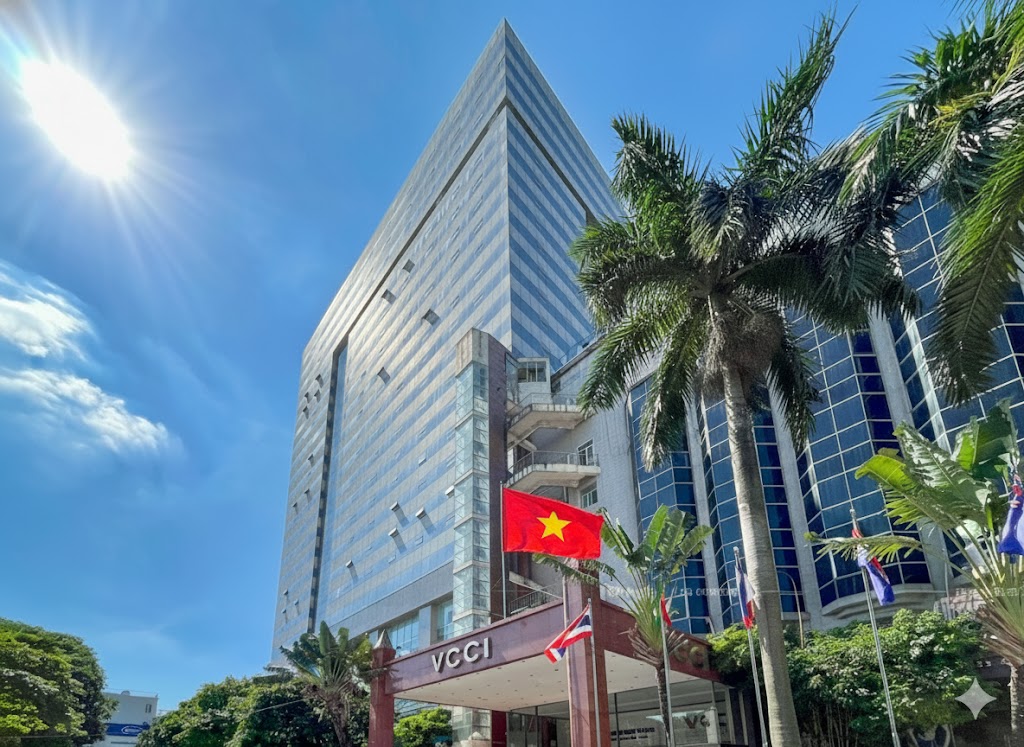Five holiday days, 900,000 visitors: Hanoi’s tourism hits new peak
The capital's tourism sector saw record growth and vibrant street life during the five-day holiday.
This year’s extended public holiday turned Hanoi into a grand stage for a tourism boom, drawing nearly 900,000 visitors and painting a vibrant picture across the capital, from Hoan Kiem Lake to the city’s iconic street food corners.

The capital is adorned with banners celebrating the 50th anniversary of national reunification. Photos: The Hanoi Times
At 6 AM on April 30, Ngoc Lan, owner of a long-standing bun thang (Hanoi-style chicken noodle soup) stall on Hang Hom Street, was already in full gear. “I’ve been here for two decades, but I’ve never seen it this crowded,” she said while stirring her broth. Tran Van Khanh, a limousine driver on the Hanoi–Quang Ninh route, echoed the sentiment: “We were fully booked days in advance. Even foreign tourists joined shared rides to Ha Long Bay, then returned to Hanoi to stay the night.”
According to the Hanoi Department of Tourism, from April 27 to May 1, the capital welcomed around 875,000 visitors, up 18.6% year-on-year. This included 67,500 international arrivals and more than 807,000 domestic tourists, generating an estimated US$128 million in tourism revenue, a 22% increase from the same period in 2024. Tour operators like Vietravel and Saigontourist reported double-digit growth in city tours and cultural experiences.
The surge wasn’t just statistical. From early morning to late evening, crowds flooded the pedestrian zone around Hoan Kiem Lake, which had transformed into a cultural hotspot featuring live street performances, folk games, and open-air food stalls.
One of the holiday’s highlights was the Culinary Culture Festival at Thong Nhat Park, where hundreds of regional specialties attracted food lovers from across the country. At the Vietnam Fine Arts Museum, the “Hanoi in Me” exhibition presented over 100 works exploring the city’s evolution through the eyes of contemporary artists.
“I’m from Australia, but this is the first time Hanoi has felt like something out of a storybook—where art and food blend in an open, public space,” said Amelia, an international visitor attending the “Discover the Heritage” program at the Temple of Literature.

In the Old Quarter, a group of four university students from Nghe An huddled together near the Water Puppet Theatre. “We planned this trip for weeks,” said Thanh, the group’s leader. “But honestly, we weren’t ready for this many people. We had to wait over an hour just to get standing tickets for the show.” Despite the crowds, he smiled: “It’s chaotic, but it feels like the whole country is here.”
Major hotels such as Apricot, Lotte, and boutique homestays in the Old Quarter reported occupancy rates of 90–95% during peak days. Airlines including Vietnam Airlines, Vietjet, and Bamboo Airways added extra flights from Ho Chi Minh City, Da Nang, and Nha Trang to Hanoi.
Le Van Thang, a representative of a travel transport company, said: “All 16-seater limousines were running at full capacity. We served international tourists, domestic travelers, and family groups. We even had to coordinate with other operators to meet demand.”
Meanwhile, Thanh Huong, owner of a coffee shop on Trang Tien Street, noted that sales tripled compared to a normal week. “Most of the customers were foreigners or young couples. Some asked for cold brew with egg foam, we just improvised,” she laughed. “We even had to bring in my cousin to help run orders.”

Beyond impressive numbers, this holiday revealed the capital’s strong tourism recovery after a long pandemic-induced slowdown. For many travel businesses, it was a chance to test new offerings, reconnect with international markets, and rebuild domestic trust.
Nguyen Tien Dat from AZA Travel shared: “Hanoi should take advantage of holidays like this to reaffirm its cultural, culinary, and historical identity. Themed tours, such as night food trails, educational journeys, or craft village excursions are increasingly relevant to today’s travelers.”
At the South Gate of the Citadel, a veteran tour guide named Phuc gathered a mixed group of Korean families and Vietnamese teenagers. “A few years ago, I thought I might have to quit,” he said during a short break. “Now I’m leading two tours a day, and I’ve even hired a trainee to keep up.”
From humble eateries to luxury hotels, from bus drivers to international tour operators, the entire city was swept into motion by this tourism rebound. As Hanoi closes one of its most successful holidays in recent years, the momentum is already carrying into Summer 2025, where the capital stands poised as an inviting, authentic, and ever-evolving destination.








